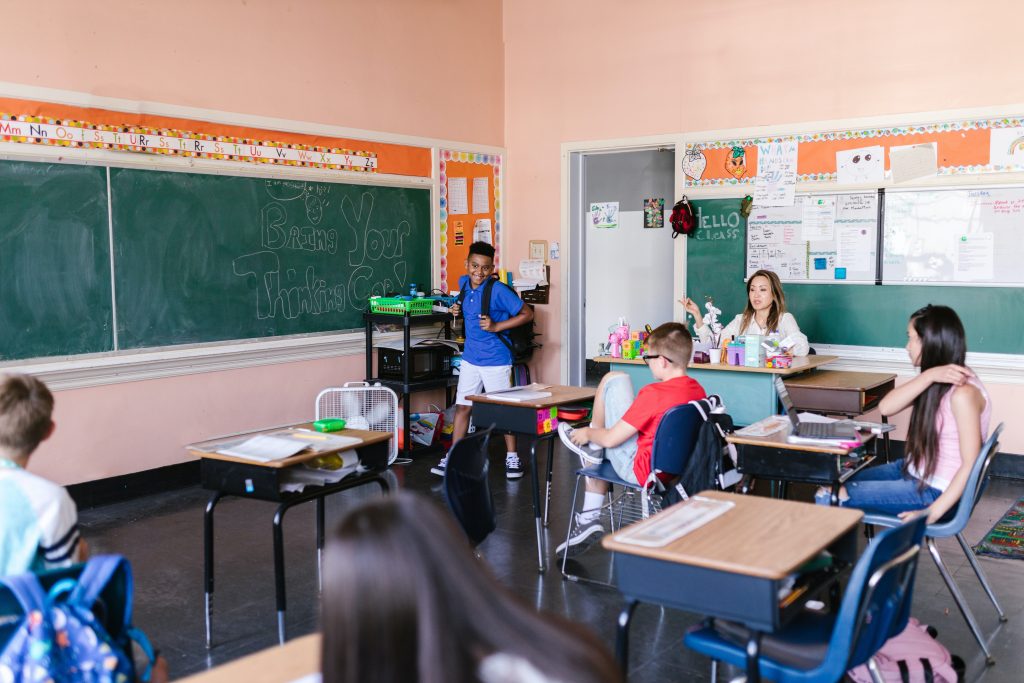In some countries, school furniture suppliers are not regulated. This means that school furniture in such countries tends not to be ergonomically designed structurally durable. The procurement of school furniture can be daunting but in Australia, it need not be thanks to superior school furniture manufacturing processes and suppliers.
The most notable challenges are avoiding lack of child-friendly designs, absence of specifications, difficulties of supply and transportation, lack of durability, and obtaining furniture using appropriate origin and quality.
The connection between increased learning and the development of kids and comfortable school furniture in classrooms reveals that quality child-friendly furniture is essential to maximise the ability of kids to learn.
When designing school furniture, it is important to put the necessary measures in place to reduce the carbon footprint that is caused by importing school furniture from other countries by creating furniture designs suitable for the production of furniture locally and with the use of materials available locally. In Australia, we are very fortunate to have premium locally manufactured products that are world-class.
Innovation in the design of school furniture
It is important to develop innovative designs that are built with locally sourced materials. The furniture should require low maintenance, should be easy to assemble, and must be child friendly, durable, and strong. So before building school furniture, it is important to cover the design, manufacture, delivery and maintenance of the furniture in the planning phase.
School furniture makers should adhere to local standards to ensure they deliver quality, child friendly and sustainable furniture. The design models of the furniture are meant to be generic and adaptable to local standards and conditions.
Sustainable growth
There should be an efficient use of materials in low-resource settings that have a positive impact on the environment. Local furniture production helps to build the local capacity of furniture manufacturers and reduce reliance on imported furniture. Local production boosts the local economy and makes maintenance easier, lengthening the lifespan of school furniture.
Furniture should facilitate teaching and learning
There is a direct correlation between increased learning and comfortable school furniture. Teaching methods can also be facilitated with easy to move, new, and lightweight modular furniture that is designed to give teachers easier and better access to each student in the classroom.
It should be easier to transport school furniture
It can be easy to transport flat-packed furniture. It is also easy to assemble and handle flat-packed furniture and this results in huge cost savings during transportation. It also leads to low carbon emissions and fewer damage incidents during transportation.
It is everyone’s responsibility
While the regulations target school furniture suppliers and makers more, it is the responsibility of everyone to ensure the industry standards are adhered during school furniture procurement. Consumers need to buy furniture that adheres to Australian Standards and the government has measures in place to ensure that schools buy furniture that adheres to these.
Written by Mark Potter, Staff writer of Whia.com.au


